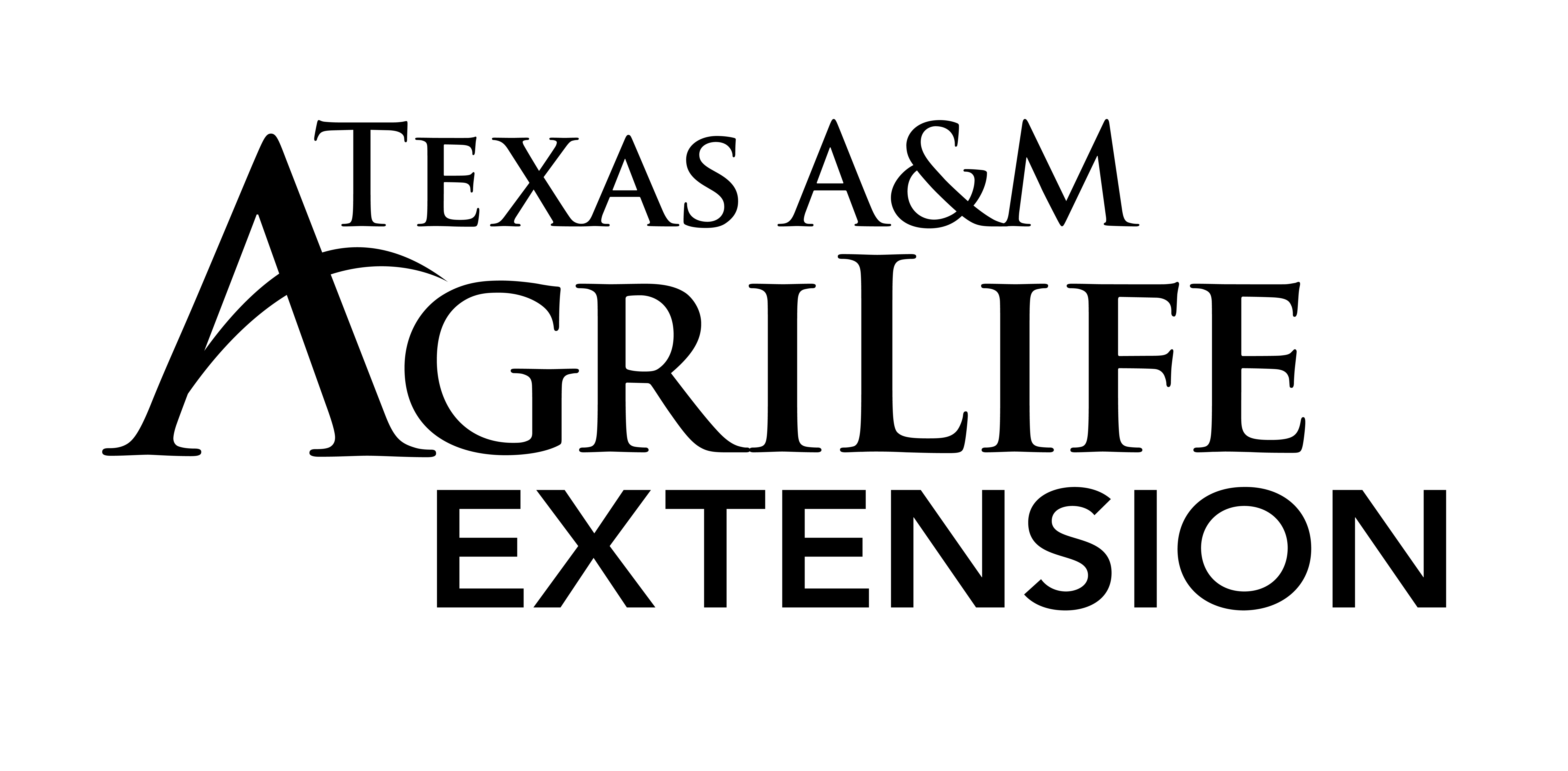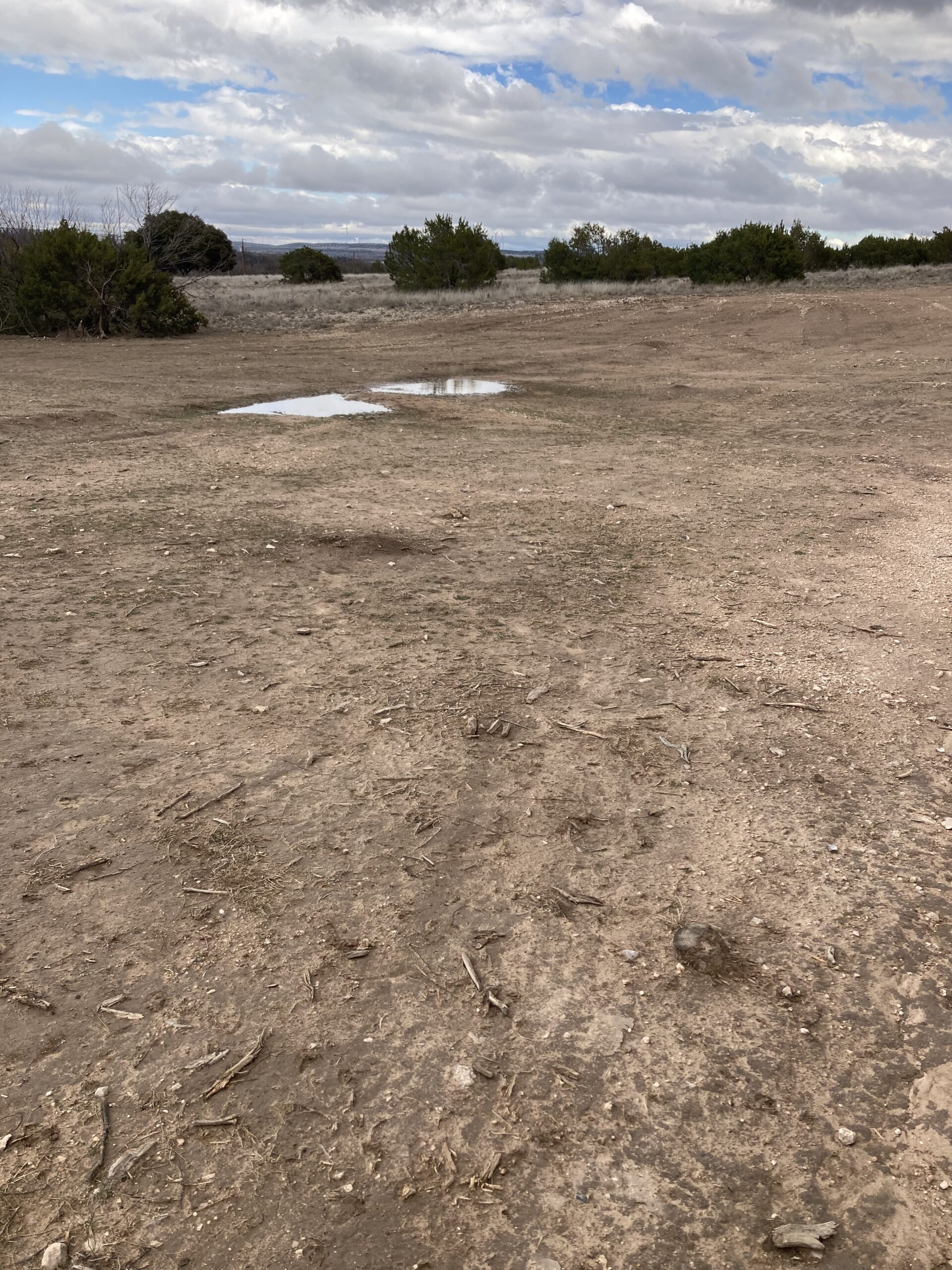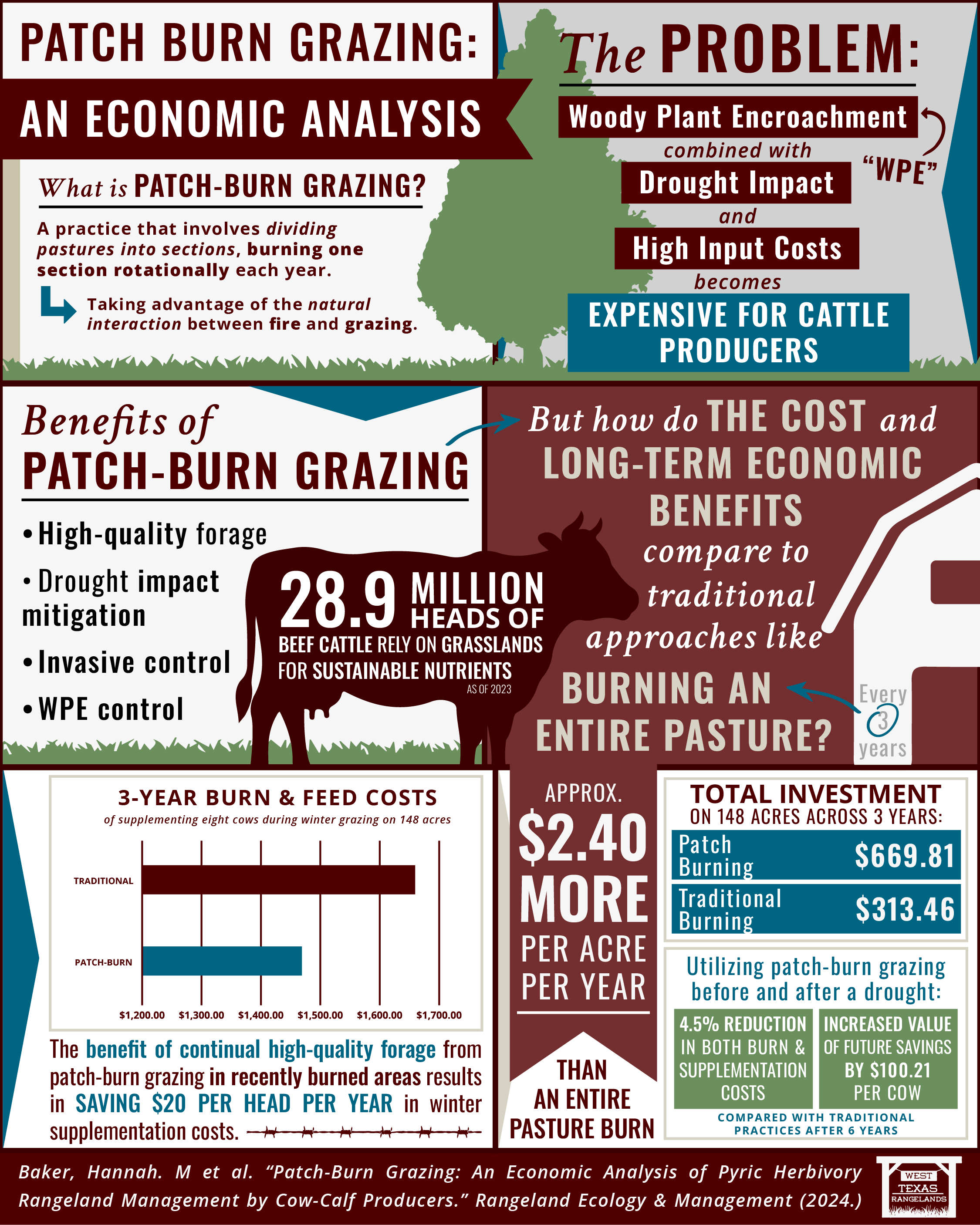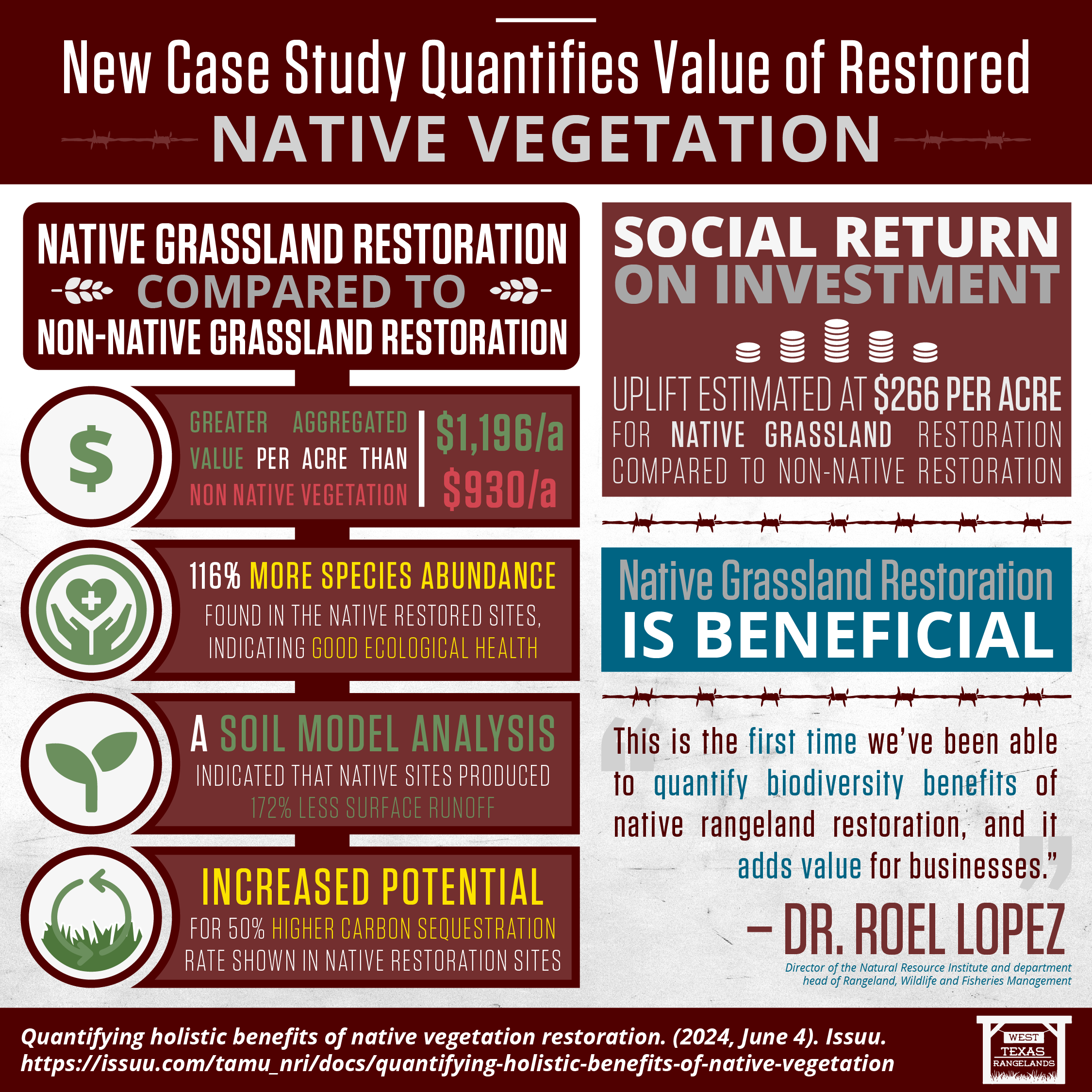In the arid landscapes of West Texas, where shallow soils and unpredictable rainfall define the rangeland ecosystem, stewardship is key to maintaining productivity and preventing long-term degradation. Sterling County has faced a relentless drought over the past few years, exacerbating challenges for livestock producers. Compounded by disturbances from transmission line work in 2023, which compacted soils and stripped vegetation, one particular site required urgent intervention to stabilize against erosion and potential desertification.
Back in May 2023, the drought spanning about 2.5 years at that point, had already stressed the aboveground plant communities, reducing forage production, species diversity, and ground cover. Belowground, soil health suffered, with diminished water infiltration, stability, and structure. The transmission work further altered the site’s ability to respond to rainfall, threatening infinite impacts on productivity.
Recommended Seed Mix and Reseeding Protocol
In order to begin restoring the compacted and degraded site, we knew we needed to promote rapid germination and establishment of native, perennial grasses. So we focused on a seed-mix of diverse blend of cool- and warm-season grasses, incorporating short, mid, and tall structures for functional variety. Forbs were also included to enhance biodiversity and soil cover. Here’s the full recommended species list:
Category: Grass
Species include:
- Common curly mesquite
- Buffalograss
- Sideoats grama
- Little bluestem
- Green sprangletop
- Blue grama
- Hairy grama
- White tridens
- Sand dropseed
- Silver bluestem
- Hooded Windmill Grass
- Canada Wildrye
Category: Forbs
Species:
- Engelmann’s daisy
- Orange zexmenia
- Bush sunflower
We worked with Brian Hays of Bamert Seed Company (contact: 806-395-3141) to prep the site and prepare the seed mix. Given the disturbance’s intensity and landowner’s commitment to rangeland function and process, frequent monitoring was advised to detect early erosion or invasive species.
Collaborative Research Demonstration: Monitoring Reseeding Impacts
Building on these recommendations, reseeding strategies were implemented in 2024 on the disturbed and compacted rangeland. We’re proud to collaborate with Sterling County Extension Agent Caleb Kott on this as a research demonstration project. The goal is to evaluate the effectiveness of these efforts in stabilizing the site and restoring productivity.
Our monitoring uses on-the-ground monitoring applying point intercept cover transects to assess vegetation establishment and ground cover changes over time. Talk to Caleb for more information on his Research Demonstration report! Complementing this fieldwork, we leverage data from the Rangeland Analysis Platform (RAP) to track biomass production and analyze long-term trends. This dual approach helps quantify how reseeding mitigates erosion risks and combats desertification in vulnerable West Texas soils.
Insights from Historical and Current Production Data
RAP data provides a clear picture of the site’s challenges and progress. Over the long-term period from 1986 to 2025, the average annual production is 1,100 lbs/acre. In this figure, a distinct drop in production in 2023 occurred, and the second disturbance occurred shortly after from the transmission line construction.
For 2025 specifically, cumulative production through mid-September stands at 572 lbs/acre, which is about 63.13% of the long-term average for that date (906 lbs/acre). Here’s a snapshot of the 16-day incremental production trends for 2025:
These figures underscore the ongoing recovery needs, but early data from our reseeding demonstration suggests positive shifts in cover and stability—insights we’ll continue to share as monitoring progresses.
Looking Ahead: Sustainable Rangeland Management
Projects like this highlight the resilience of West Texas rangelands when proactive measures are taken. By addressing soil erosion head-on and restoring native vegetation, we’re not just aiding one producer but contributing to broader efforts against desertification in drought-prone regions. If you’re facing similar challenges, reach out to your local County Extension agent for tailored advice. And definitely have a conversation with our friends at Bamert Seed Company. They are instrumental at putting all these pieces of the restoration puzzle together, especially on shallow soils of semi-arid rangelands. Together, we can ensure these vital ecosystems thrive for generations.

















